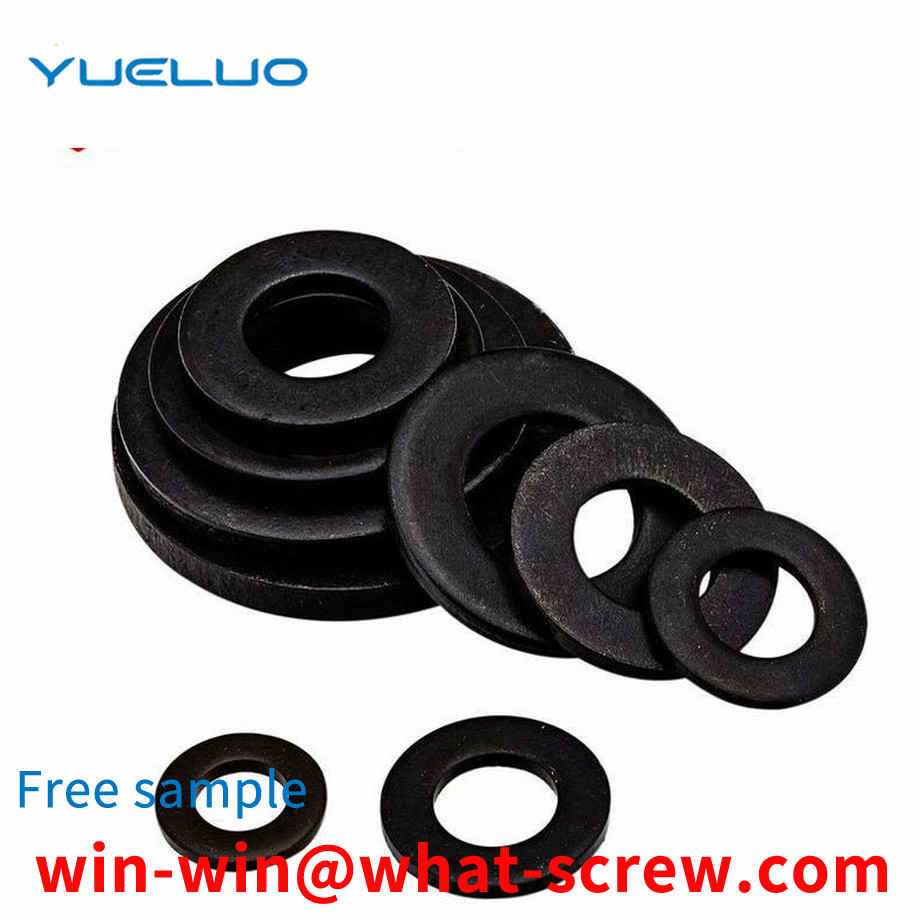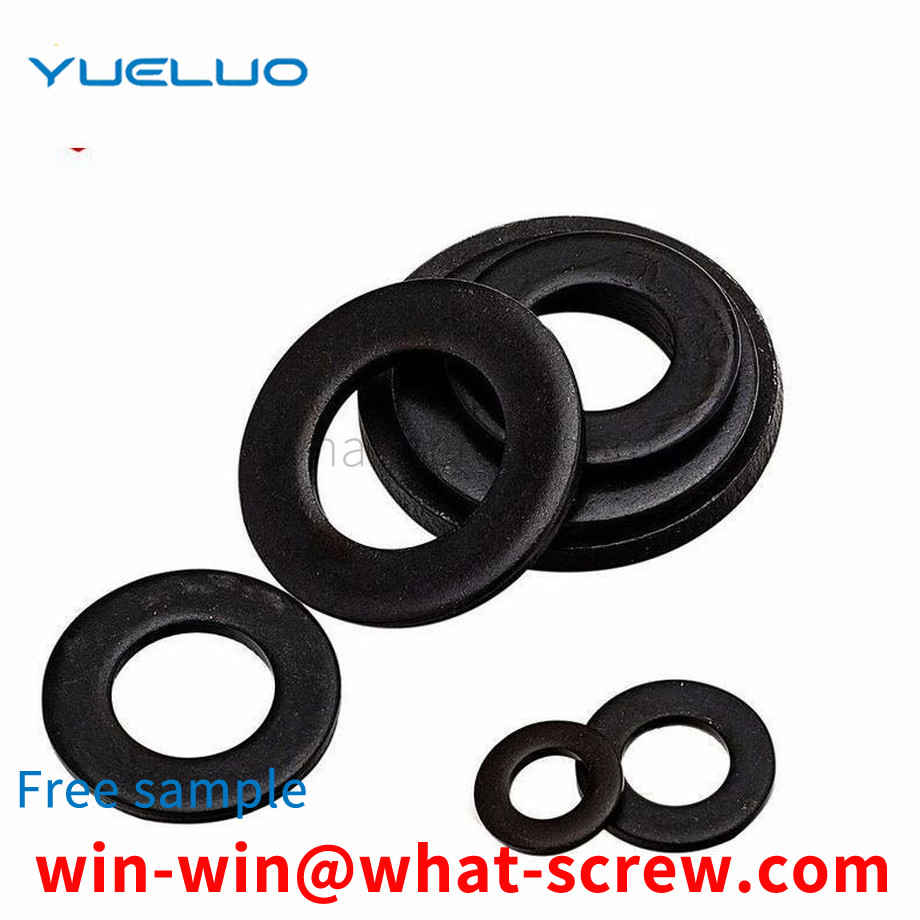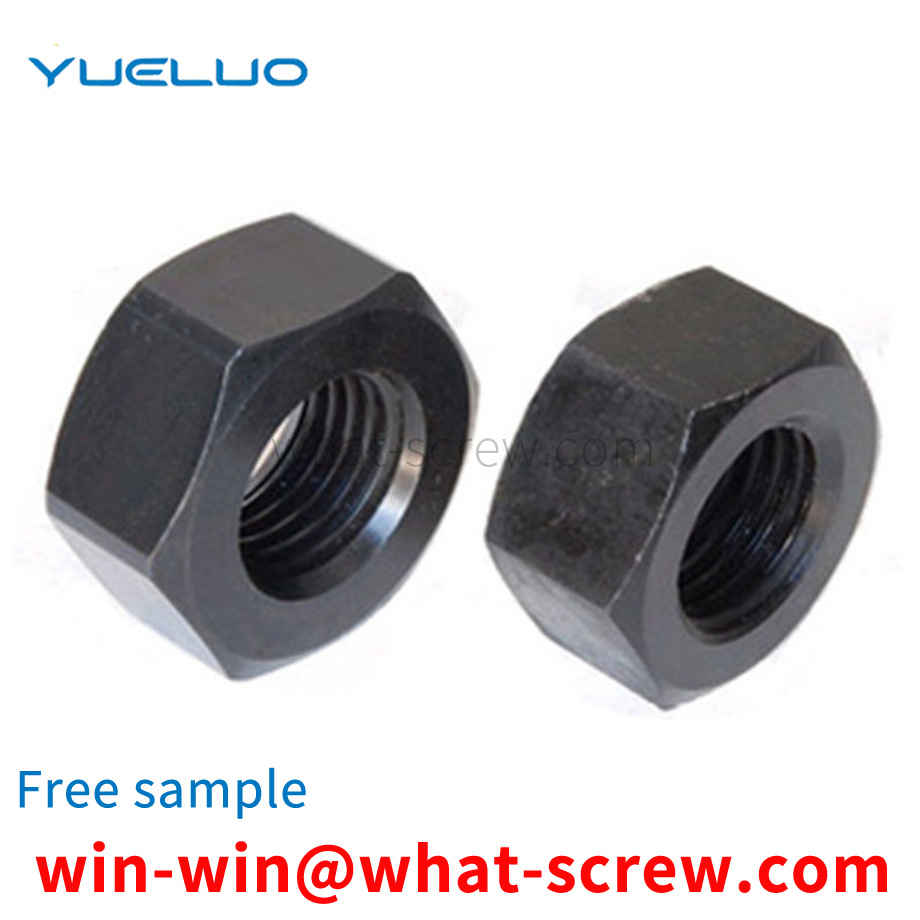What is the tolerance range of precision screws?
What is the tolerance range of precision screws?
Service Hotline
+86760-8787 8587We have more than ten years of production experience in the screw industry, the main products are: full-tooth external hexagon screws, GB861.1 washers, sets of complete accessories, extended screw nuts, square thin nuts and nuts, fan rivets, grooved slotted nuts, thickened Open spring washers, pin positioning, accessories furniture nuts, 47304 stainless steel screws, large cap nails, copper rivets, copper washers, GB955 wave washers, 4.8 galvanized screws, iron plate nuts and other fasteners, due to product materials and specifications Different, the price is also different, if you need, please contact us.


Sprinkle the excess standard spring washer 7 on the positioning plate 12-1 on the spring washer positioning plate 2, and shake the spring washer positioning plate 2 by hand. After a short time, the spring washer 7 will be positioned and arranged on the upper positioning plate 12-1. In the upper spring washer hole 2-7, since the width of the opening groove 12-32 of the baffle plate 12-3 is smaller than the diameter of the spring washer hole 2-7, and the thickness of the upper positioning plate 12-1 is designed according to the thickness of the spring washer 7, Only one spring washer 7 can be accommodated in the spring washer hole 2-7 of each upper positioning plate 12-1, and the excess spring washer 7 is cleaned with a brush.

The screw refers to the screw (foreign name: Screw), which is a tool that uses the physical and mathematical principles of the oblique circular rotation of the object and the frictional force to gradually fasten the utensils and parts. A screw is a common term for fasteners, an everyday colloquial language. Metric threads are measured in MM (millimeters) and have a cusp angle of 60 degrees. Both US and Imperial threads are measured in inches. The cusp angle of the American thread is also 60 degrees, while the cusp angle of the imperial thread is 55 degrees.


In the prior art, the earliest rivets were small pegs made of wood or bone, and the earliest metal deformations were probably the ancestors of the rivets we know today. Without a doubt, they are the oldest known method of metal joining, dating back as far as the earliest use of malleable metals, for example: the Bronze Age Egyptians used rivets to attach six wooden sectors to the outer lines of a slotted wheel Riveted and fastened together. After the Greeks successfully cast large statues in bronze, they then used rivets to rive the parts together. With the progress of the times, there are more and more types of rivets, but traditional rivets have connection strength. Insufficient problem, so a new rivet is needed to solve the above problem.

In the riveting connection of various structural parts, waterproof lantern rivets have been widely used in riveting environments that require waterproofing. After the riveting parts are riveted, the waterproof structure area of the mandrel and the waterproof structure of the rivet body There is no complete close fit between the areas. In some riveting ranges, the waterproof performance of the rivet is affected. The main reason is that the traditional processing technology of the mandrel and the materials used bring many troubles to the riveting process. is a problem to be solved at present.

The above content is uploaded by Yueluo or the Internet. If there is any copyright issue, please contact [email protected].

What is the tolerance range of precision screws?

How to choose the right stainless steel screw manufacturer?

Why is there an R angle under the head of the hexagon head s...

We have more than ten years of experience in the production ...

We have more than ten years of production experience in the ...

We have more than ten years of experience in screw industry ...

We have more than ten years of experience in screw industry ...